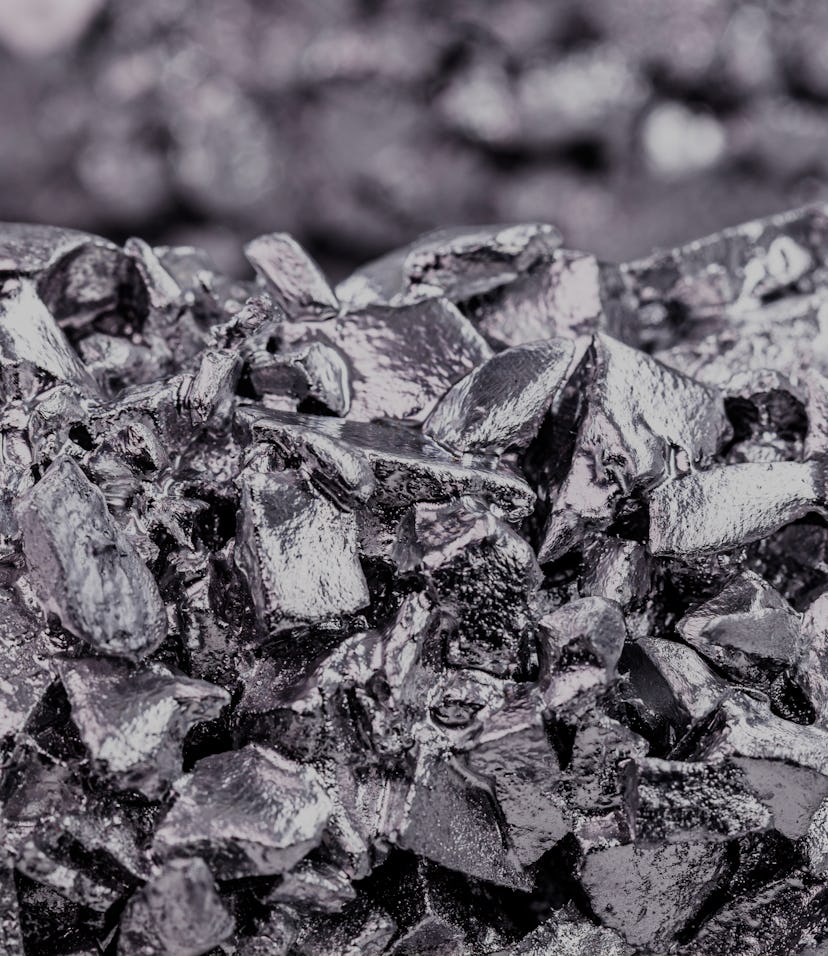Design
Titanium is the perfect material for 2022 iPads
Future generations of the iPad could be housed in a titanium alloy, but can Apple make the finicky material work on its devices?

Apple is gearing up to make some big announcements in the coming weeks that will most likely confirm many of the rumors that have leaked out. The new iPhone 13 mini, iPhone 13, and iPhone 13 Pro, and Apple Watch Series 7 have been all been spoiled by several reputable leakers. Less is known the next entry-level 10.2-inch iPad model, which is set to get a minor refresh according to DigiTimes (via 9to5Mac).
Ninth generation — The tentatively dubbed “iPad 9” won’t look much different than the current eighth-generation 10.2-inch iPad aka iPad 8, but will reportedly get the A13 Bionic chip found in the iPhone 11 series. Though it won’t compete with the latest fourth-gen iPad Air’s A14 Bionic chip or the iPad Pro’s M1 chip, it should still offer plenty of performance compared to the A12 Bionic chip on the current iPad 8.
According to Mark Gurman’s Bloomberg newsletter, the iPad 9 will be marketed to students. No surprise — students are on tight budgets! But what about the 10th-generation iPad or iPad 10 and beyond? It’s a year early, but there are whispers that Apple could give the entire iPad family a premium upgrade. Multiple sources report that Apple is experimenting with titanium as a possible case material. It’d be the first time Apple switched the iPad’s material from aluminum since it debuted in 2010.
Why titanium? — Toughness is the main reason why Apple would use a titanium alloy housing. It would be a big step up from the aluminum used in current iPads and stainless steel used on the Pro iPhones. Titanium is as strong as stainless steel and 45 percent lighter; it’s also twice as strong as aluminum. It makes for an ideal material for bigger devices like iPads that can cause hand fatigue if you hold them for too long.
Of course, titanium is also considered a more premium material that Apple will be sure to play up if it ever ditches aluminum. If Apple devices are a status symbol, then a titanium version is even more so. But there are also reasons why Apple hasn’t gone all-in on titanium.
Why now? — Titanium isn’t a new material for Apple. Currently, the Apple Watch Series 6 is offered in titanium cases. The material is tricky to work with for large batch yields, which is likely why it’s not the standard material for all Apple Watches.
The expensive metal’s strength makes it less prone to scratches, but the downside is that it also makes it harder to etch. This can result in plain housing that doesn’t look very good.
But this is Apple we’re talking about. The company has billions of dollars to throw at R&D to solve complicated manufacturing processes. According to a patent filing surfaced by Patently Apple (via MacRumors), it seems Apple is developing a new method for working with titanium that could be applied to iPhones, MacBooks, and even future generations of the iPad.
The new method involves “a blasting, etching, and chemical process to give a titanium enclosure a more attractive appearance,” writes MacRumors. This method would address the issue with the most notable application of titanium on an Apple product, the Powerbook G4, which suffered from peeling paint. With these new techniques, the titanium housing would have a high-gloss finish, and it might not be as susceptible to fingerprint smudges if Apple applies the thin oxide surface coating it’s been working on.
The other reason why titanium isn’t used on current iPads and iPhones: It’s expensive. The titanium version of the Apple Watch Series 6 is $800 — two times the cost of the aluminum model. If Apple ever uses titanium for the iPad 10 or future iPads, it’s possible Apple might sell it as an even more premium tier or make them exclusive to the iPad Pros. Gotta give people extra reasons to fork over $800+ for the iPad Pros...
Given its low yield rates and added expense, if titanium is ever used on entry-level iPads, it’ll likely be years before that happens. Apple would have to figure out the economies of scale before we see the iPad 10 come in titanium.
2021 iPad 9 vs. iPad 8 — While titanium iPads in 2022 would be a dream, we gotta come back to reality for this year. All rumors and reports suggest more of the same. If all that changes is the chipset in the iPad 9, then we’re looking at the same specs for everything else. That means the same 10.2-inch Retina display (bezels and all) with 2,160 x 1,620 resolution on the iPad 9 as the iPad 8. The same 10-hour battery life. The same dimensions, which means any old accessories should be compatible. And the same Touch ID fingerprint sensor.
Apple’s fall event hasn’t been announced yet, but it’s reportedly happening during the third week of September this year. Definitely stay tuned.